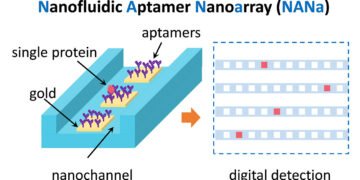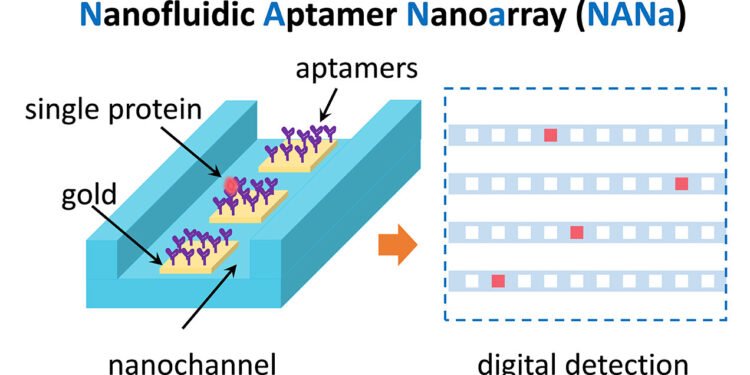In the changing world of precision medicine, there is a need for methods that can accurately and accurately quantify biomolecules. Realizing this, Professor Yan Xu from the Graduate School of Engineering at Osaka Metropolitan University and an international research team, together with Professor Yong Wang from the Department of Biomedical Engineering at Pennsylvania State University, took a big step in that direction. They developed a new nanofluidic device (Pioneering steps for digital analysis in cellular collections) that can capture individual proteins and digitally identify them at high resolution. This breakthrough could lay the groundwork for the future of personalized disease prevention and treatment. Precision medicine aims to make preventive and therapeutic changes based on personal genetic data, environmental factors, lifestyle and other factors.
The precise measurement of biomolecules, such as genes and proteins, in each cell is important in this regard. However, until now, no tool can handle at the same time a small volume of a single cell content – usually in the order of picoliters (10-12 L) – and quantifying biomolecules in the cell environment and surface concentration.
The device, named the Nanofluidic Aptamer Nanoarray (or NANa for short), is a nanochannel-based chip designed for the digital analysis of individual molecules in samples with ultrasmall dimensions comparable to that of a single cell.
Using synthetic antibodies known as aptamers, NANa can capture and digitally identify specific molecules of a target protein, even at high concentrations.
These aptamers, which bind to molecules, are arranged in the nanochannels of the device. For the future, the researchers plan to perform hand simulations on real cells, document the obtained measurement data, and explore the potential of combining AI-based image recognition technology with big data.
Professor Xu explained: “Humans are a complex organism with a large number of cells. “We hope that NANa, which records information about the number of biomolecules in each cell, will serve as a bridge between life sciences and information sciences, paving the way for future precision medicine.”
The results of this research are expected to be published in Mini on June 23, 2023.
Source: Osaka Metropolitan University





































